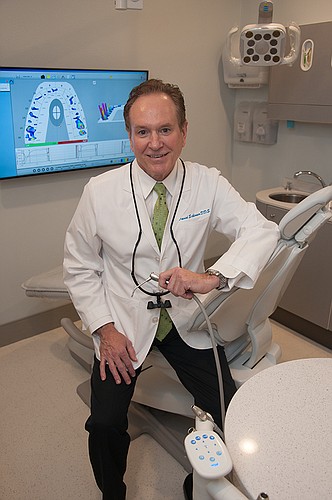- December 13, 2025
-
-
Loading

Loading

Dr. David Schirmer, a dentist in the economically downtrodden central New York state region, checked out the Gulf Coast after many of his friends retired or moved their businesses to the Sarasota area.
His research showed a place growing in population and popularity, and he soon joined the crowd: He relocated his dental practice from Corning, N.Y., to an office on a busy stretch of U.S. 41 near Sarasota Memorial Hospital.
The move has paid off for the dentist, who opened Schirmer Dentistry in August 2015. The practice is about 20% over its income projections so far, and it's tracking about 25 new patients per month. (Schirmer declined to provide specific revenue figures.)